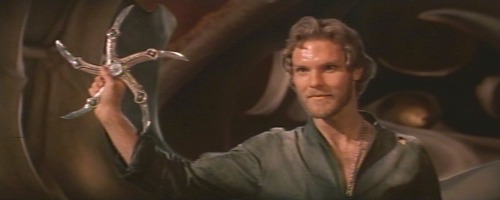From http://www.bmi-calculator.net/bmr-calculator/harris-benedict-equation/calorie-intake-to-lose-weight.php
You use energy no matter what you're doing, even when sleeping. The BMR Calculator will calculate your Basal Metabolic Rate (BMR); the number of calories you'd burn if you stayed in bed all day.The math:
Calorie Needs to lose weight
There are approximately 3500 calories in a pound of stored body fat. So, if you create a 3500-calorie deficit through diet, exercise or a combination of both, you will lose one pound of body weight. (On average 75% of this is fat, 25% lean tissue) If you create a 7000 calorie deficit you will lose two pounds and so on. The calorie deficit can be achieved either by calorie-restriction alone, or by a combination of fewer calories in (diet) and more calories out (exercise). This combination of diet and exercise is best for lasting weight loss. Indeed, sustained weight loss is difficult or impossible without increased regular exercise.
If you want to lose fat, a useful guideline for lowering your calorie intake is to reduce your calories by at least 500, but not more than 1000 below your maintenance level. For people with only a small amount of weight to lose, 1000 calories will be too much of a deficit. As a guide to minimum calorie intake, the American College of Sports Medicine (ACSM) recommends that calorie levels never drop below 1200 calories per day for women or 1800 calories per day for men. Even these calorie levels are quite low.
- Calculate your BMR. http://www.bmi-calculator.net/bmr-calculator/
- Do the math to figure out your calories burned or gained for the day.
- 0 calories to start the day after sleep – BMR calories – Exercise calories + Food Intake calories = Daily calories burned/gained
- Do the math to remove from or add calories to the 3500 per pound total
- 3500 + daily calories = calorie surplus or deficit
- Once the above number reached 0 or below, you should have lost one pound
0 – 1850 – 1400 + 2200 = -1050 deficit
3500 + -1050 = 2460 calories left before one pound loss is registered
All of the above is under ideal conditions and will definitely vary based on what you eat, when you eat, what you’ve eaten days before, liquid intake, bowel movements, etc. Also, most calorie counts for food and exercise are estimates. You have to allow for a fudge factor when doing the math.









